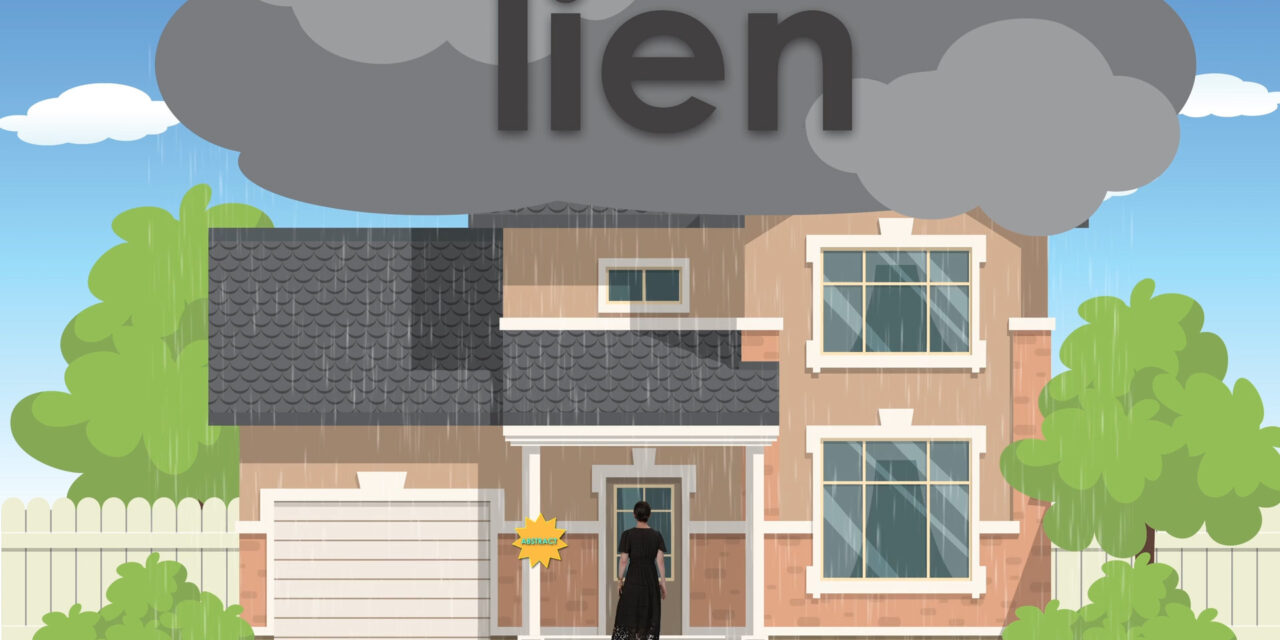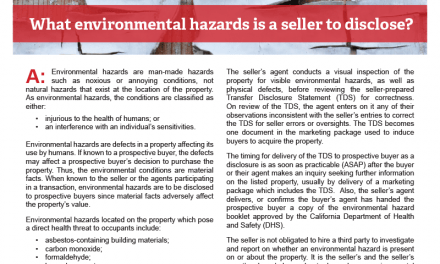This is the second episode of our new video series covering homestead protections.
Why this is critical to your practice: You need to help owners distinguish between the benefits afforded under an automatic homestead or a recorded declaration of homestead – two equity protection shields which become all the more relevant in times of economic recession.
Protection on a principal dwelling
An automatic homestead is always available on the principal dwelling occupied by the homeowner or their spouse when:
- a judgment creditor’s abstract is recorded against the homeowner and attaches as a lien on the property; and
- the occupancy by the homeowner continues until a court determines the dwelling is a homestead. [Calif. Code of Civil Procedure §704.710(c)]
The automatic homestead exemption applies to the equity in:
- a real estate dwelling (and its outbuildings);
- a mobilehome;
- a condominium;
- a planned development;
- a stock cooperative;
- a community apartment project together with the land it rests on; or
- a houseboat or other waterborne vessel used as a dwelling. [CCP §704.710(a)]
Conversely, a recorded declaration of homestead applies only to real estate dwellings. Thus, mobilehomes not established as real estate on the property tax records and houseboats are protected only by the automatic homestead, not a recorded declaration of homestead since it applies to real estate.
Real estate to be homesteaded
As long as the homeowner claiming the exemption uses the homesteaded property as the principal residence for themselves and their family, the type of real estate qualifying for a homestead includes such properties as:
- two five-room flats [Viotti Giomi (1964) 230 CA2d 730];
- an 18-unit apartment building where the owner occupies only one unit [Phelps Loop (1944) 64 CA2d 332]; and
- 523 acres of rural land with a house and water rights for the land. [Payne Cummings (1905) 146 C 426]
Consider a creditor who obtains a money judgment and records an abstract which places a lien on title to the judgment debtor’s residence. The debtor vacates the residence and leases the property to a tenant. The debtor files a petition for bankruptcy protection claiming an automatic homestead exemption. A month following their petition, the tenant vacates and the debtor moves back into the residence.
Can a debtor claim an automatic homestead exemption when they were not occupying the property as their principal residence when they file the bankruptcy petition?
No! The debtor’s equity in the residential property is not protected by an automatic homestead exemption since the debtor’s absence was not temporary as the debtor showed no intent to move back before the date of the bankruptcy petition. [In re: Bhangoo (9th Cir. BAP 2021) 634 BR 80]
Amount of equity protected
The dollar amount of home equity protection a homeowner qualifies to preserve is the same under either the automatic homestead or a recorded declaration of homestead.
Homeowners qualify for a net equity homestead protection of a minimum of $300,000 or the median sale price for a single family residence (SFR) in their county in the calendar year prior to the year in which you claim exemption, not to exceed $600,000 (adjusted annually for inflation).
Both spouses of a married couple may be the declared homestead owners in the same homestead declaration when both spouses own an interest in the property. [CCP §704.930(a)(1)]
However, a couple’s combined homestead exemption may not exceed the exemption limit for a head of household.
When spouses separate but one continues to live in the homesteaded real estate, the other spouse not living in the homestead continues to be shielded from credit seizure under the homestead exemption, until the community property is legally divided. [CCP §704.720(d)]
While both homestead procedures provide Californians with the same dollar amount of home-equity protection, a homeowner needs to record a declaration of homestead to receive all the benefits available under the homestead laws. [See RPI Form 465]
Critically, these benefits allow homeowners the right to sell their home, receive the net sales proceeds up to the dollar amount of the homestead and reinvest the funds in another home.
Editor’s note – Stay tuned for the next episode delving into the mechanics of the recorded declaration of homestead.
Related article:














